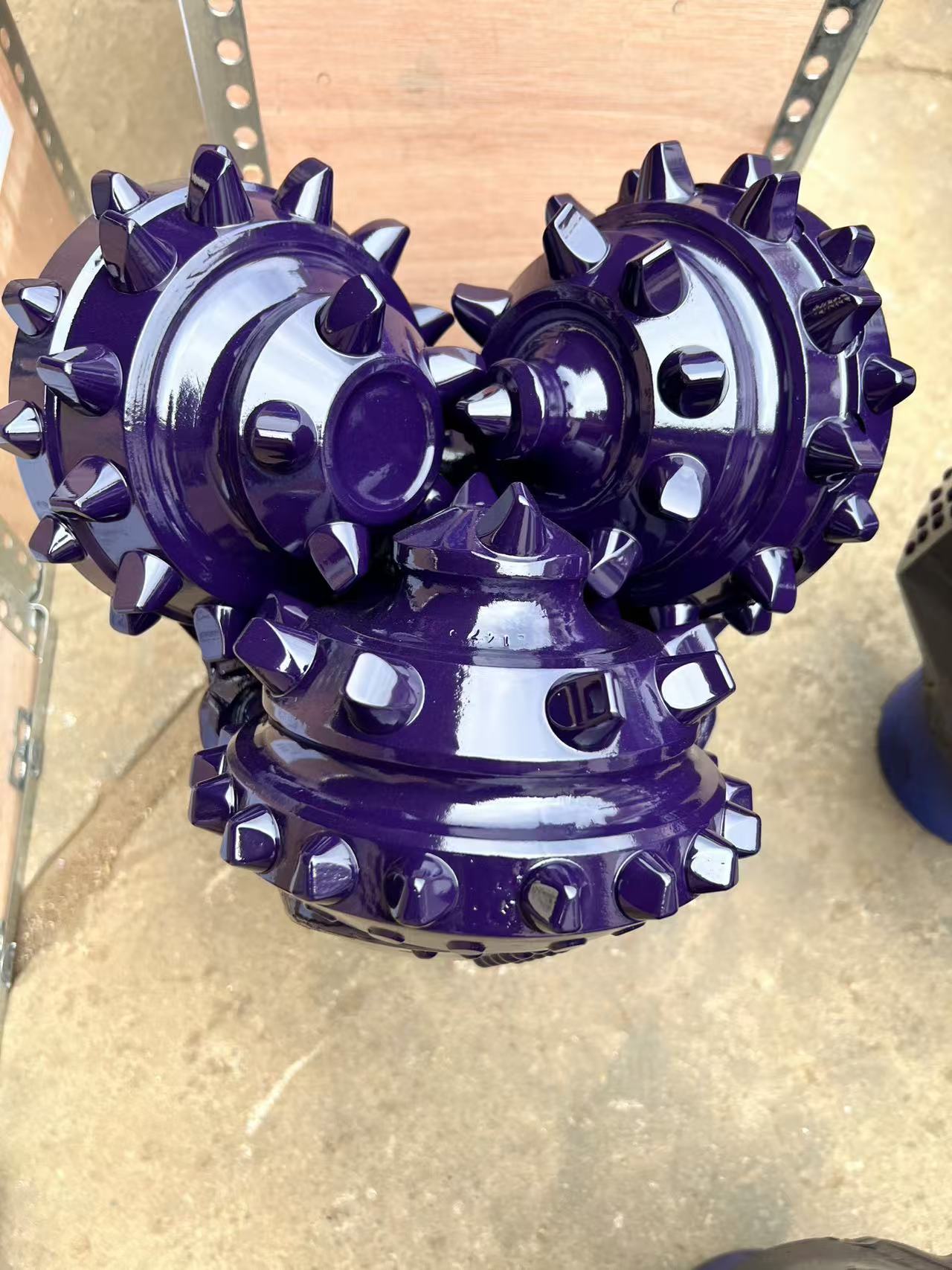Types of Drill bits Used in Drilling Rigs

Drilling rigs employ a diverse range of drill bitgocë, each tailored to specific drilling tasks and geological conditions. One of the most common types is the roller cone bit. As mentioned earlier, the three – cone roller bit is widely used. These bits are designed with cones that have teeth, either steel – milled teeth or tungsten carbide inserts. Steel – tooth bits have cones with wedge – shaped teeth milled directly into the cone steel. To enhance their durability, extremely hard tungsten carbide material is often welded onto the tooth surfaces. Tungsten carbide insert (TCI) bits, on the other hand, have shaped teeth made of sintered tungsten carbide press – fit into drilled holes in the cones. Some steel – tooth bits may also incorporate TCI elements in addition to the milled teeth. The cones rotate on roller or journal bearings, which are usually sealed to protect them from the harsh down – hole drilling fluid environment. A pressure – compensated grease lubrication system is also commonly used to ensure smooth operation of the bearings.
Another important type is the PDC bit. PDC bits are fixed cutter bits that use polycrystalline diamond compacts as the cutting elements. These diamond compacts are extremely hard and wear – resistant, making PDC bits highly efficient in drilling through soft to medium – hard formations. The design of PDC bits allows for high – speed rotation, which can significantly increase the drilling rate. The diamond – tipped blades on PDC bits scrape and shear the rock as the bit rotates, effectively removing material and creating the hole.
There are also diamond – impregnated bits. These bits are often used in drilling hard and abrasive formations. The entire bit body is impregnated with small diamond particles. As the bit wears during the drilling process, new diamond particles are continuously exposed, providing a constant cutting edge. This makes diamond – impregnated bits very suitable for long – term and deep drilling operations where the formation is particularly tough.
 Mantel shpimi bangxin
Mantel shpimi bangxin